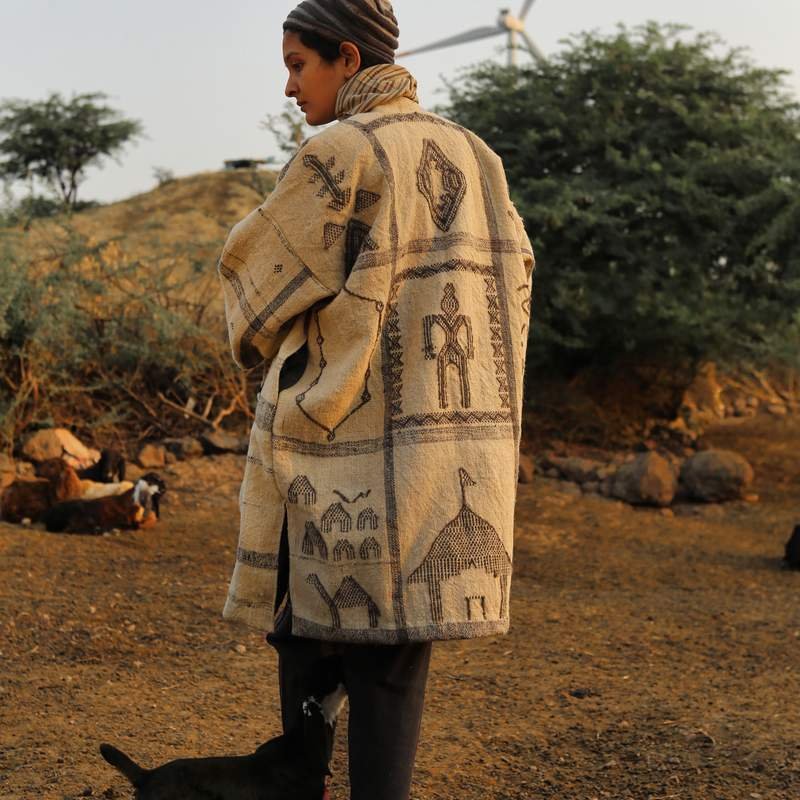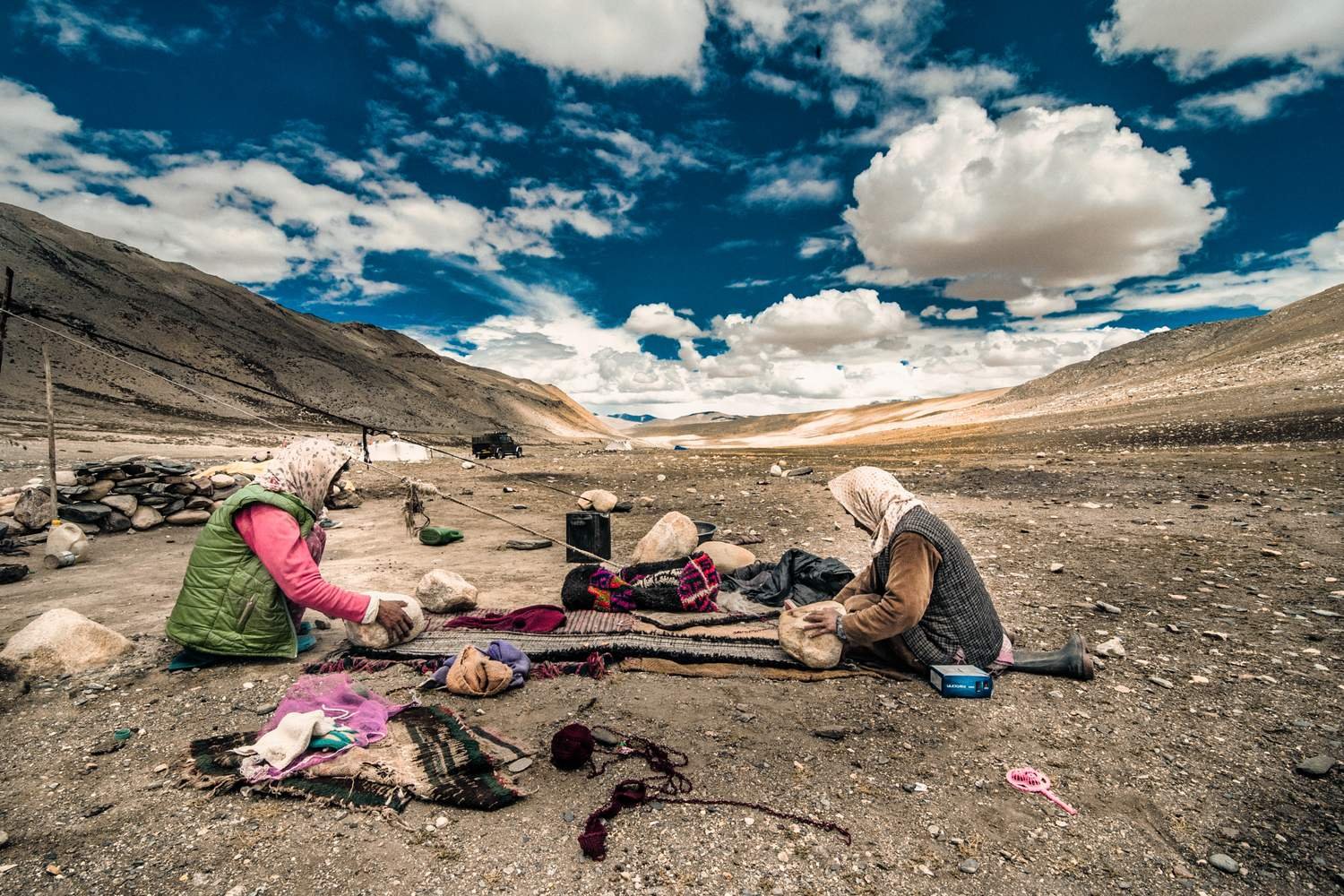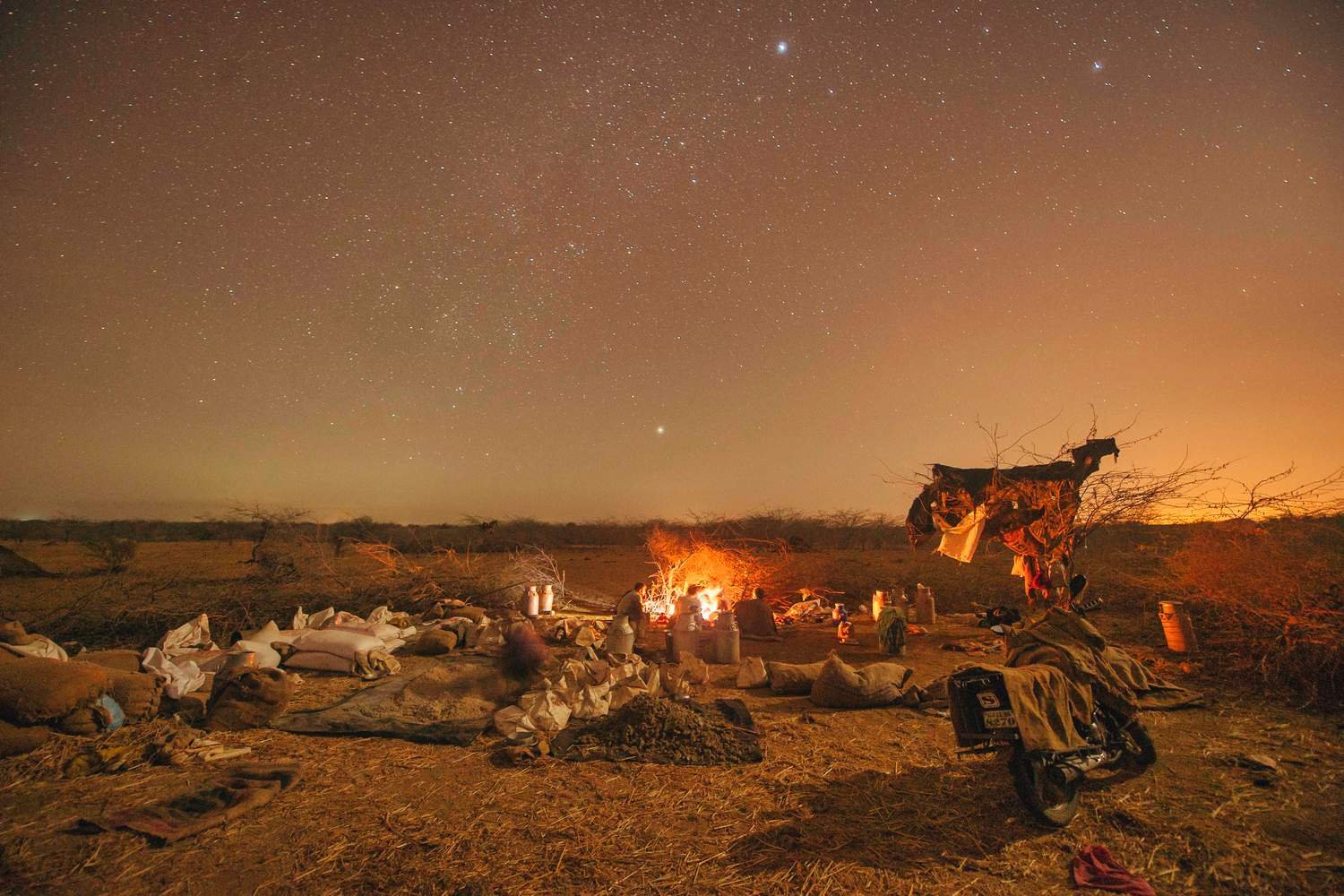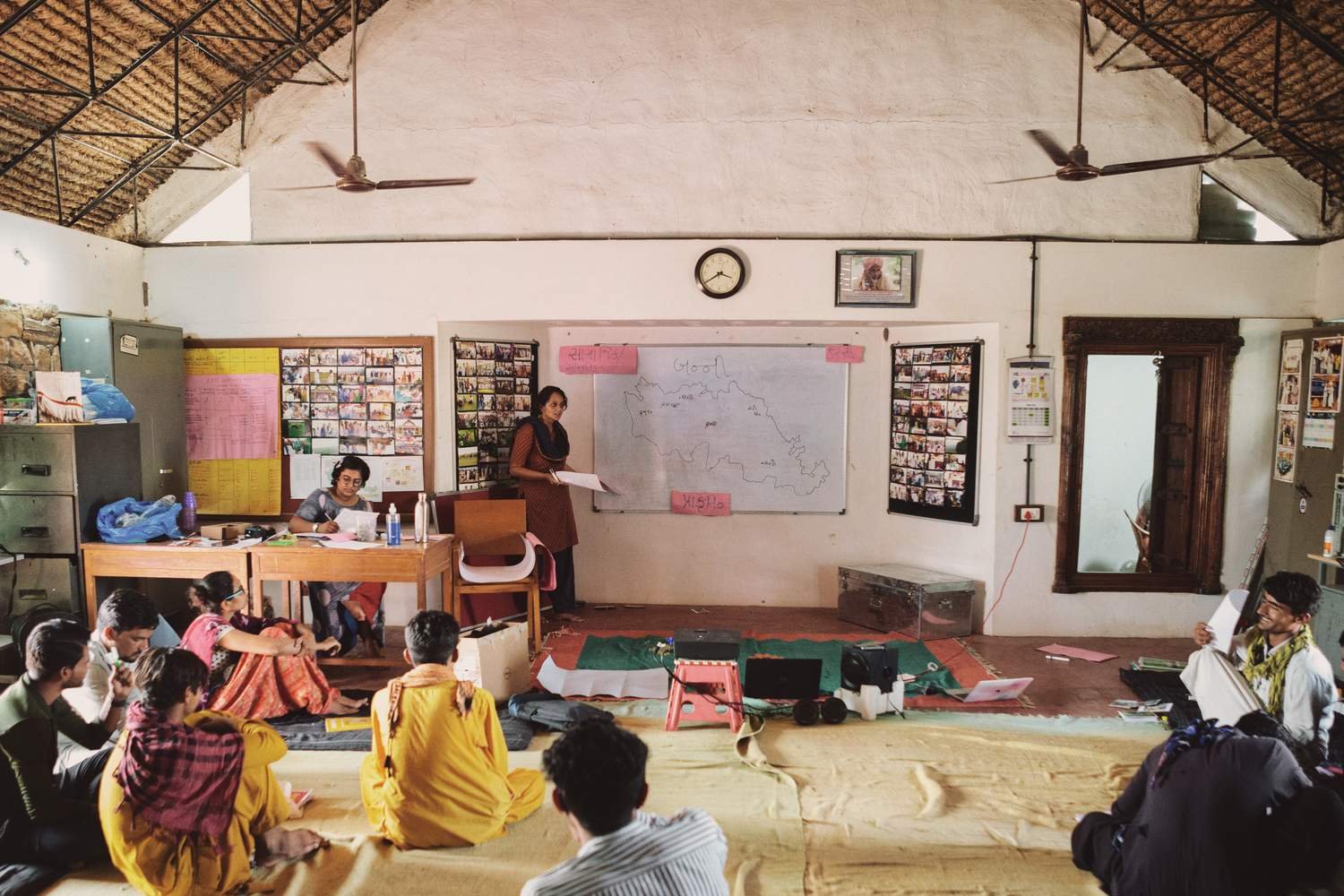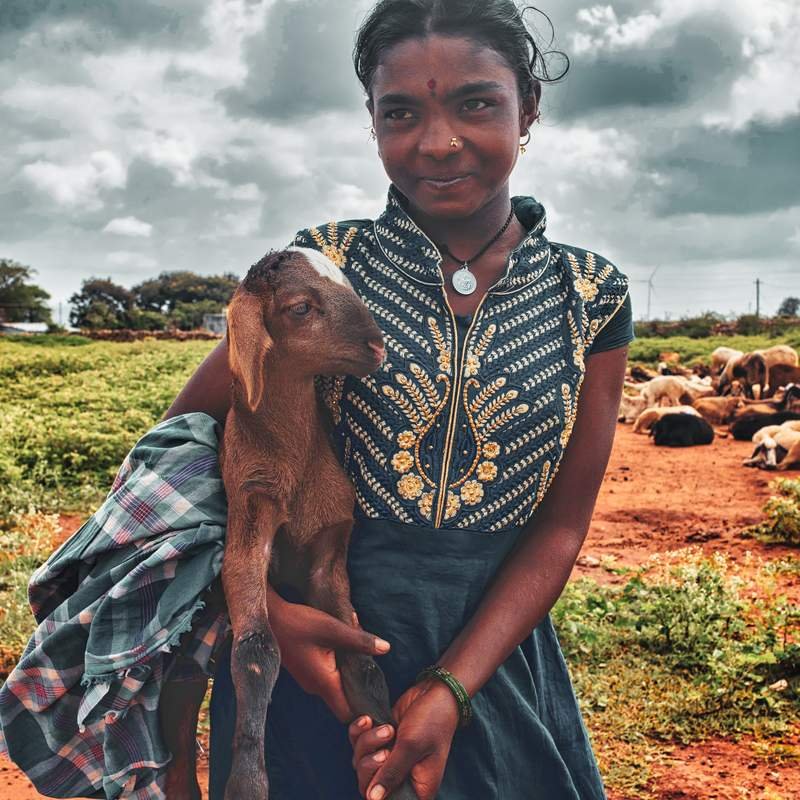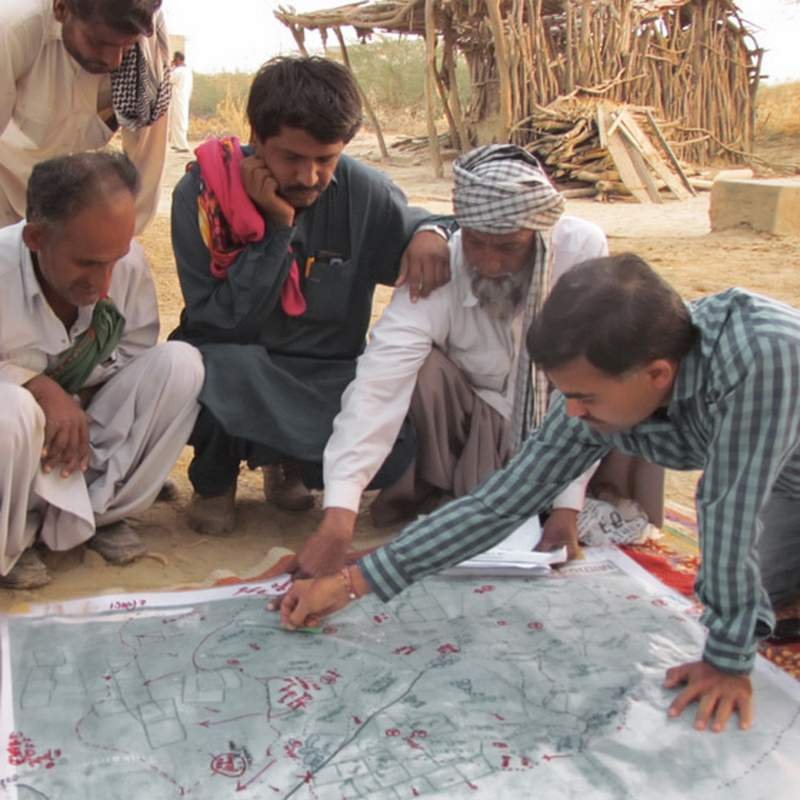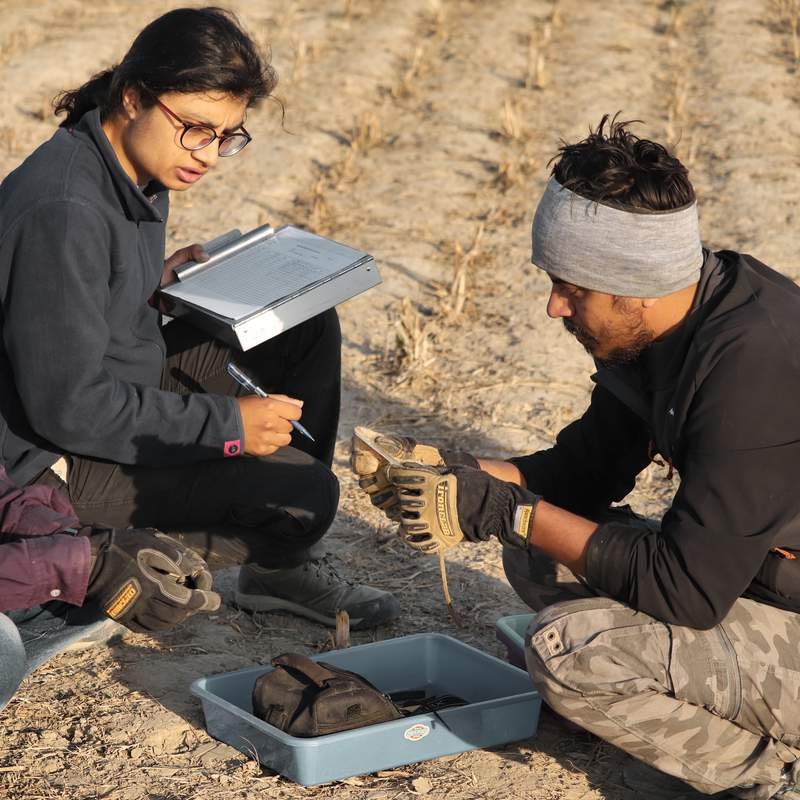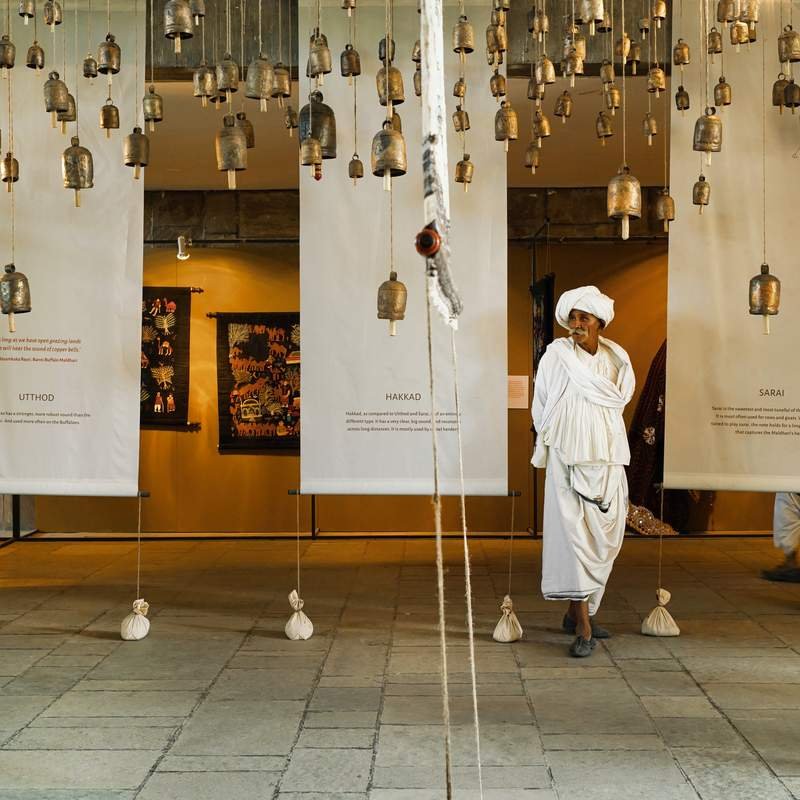Although hard numbers are difficult to come by, between 10 and 20 million pastoralists graze India’s forests, grasslands and farm fallows. Their many contributions have rarely been recognized as mainstream society has tended to see
pastoralism as an outmoded way of life. In truth, they are custodians of India’s remarkable animal diversity and significant contributors to our dairy and meat markets. Their poetry, music, art and craft form a crucial part of Indian cultural heritage and identity. Most critically, pastoralist mobility, an adaptive response to climatic extremes, marks them out as communities with an ability to adapt to a changing climate regime.
The Centre for Pastoralism (CfP) works across India on collaborative programs to enhance pastoralist livelihood security, gain mainstream recognition of livestock breeds developed by pastoralists, explore ways of securing their access to grazing resources, promote research to enhance understanding of pastoral systems and undertake outreach to educate society on pastoralism and its many contributions. In advancing these goals, CfP works in close partnership with civil society, academia, government agencies and the private sector.
CfP is a
Sahjeevan initiative that emerged from Sahjeevan’s 2016
Living Lightly: Journeys with Pastoralists Exhibition Sahjeevan’s work on pastoralism in Kachchh, Gujarat over the past two decades has enjoyed a number of successes, and CfP was set up with the idea of expanding this work outside of Gujarat, in the rest of India.
